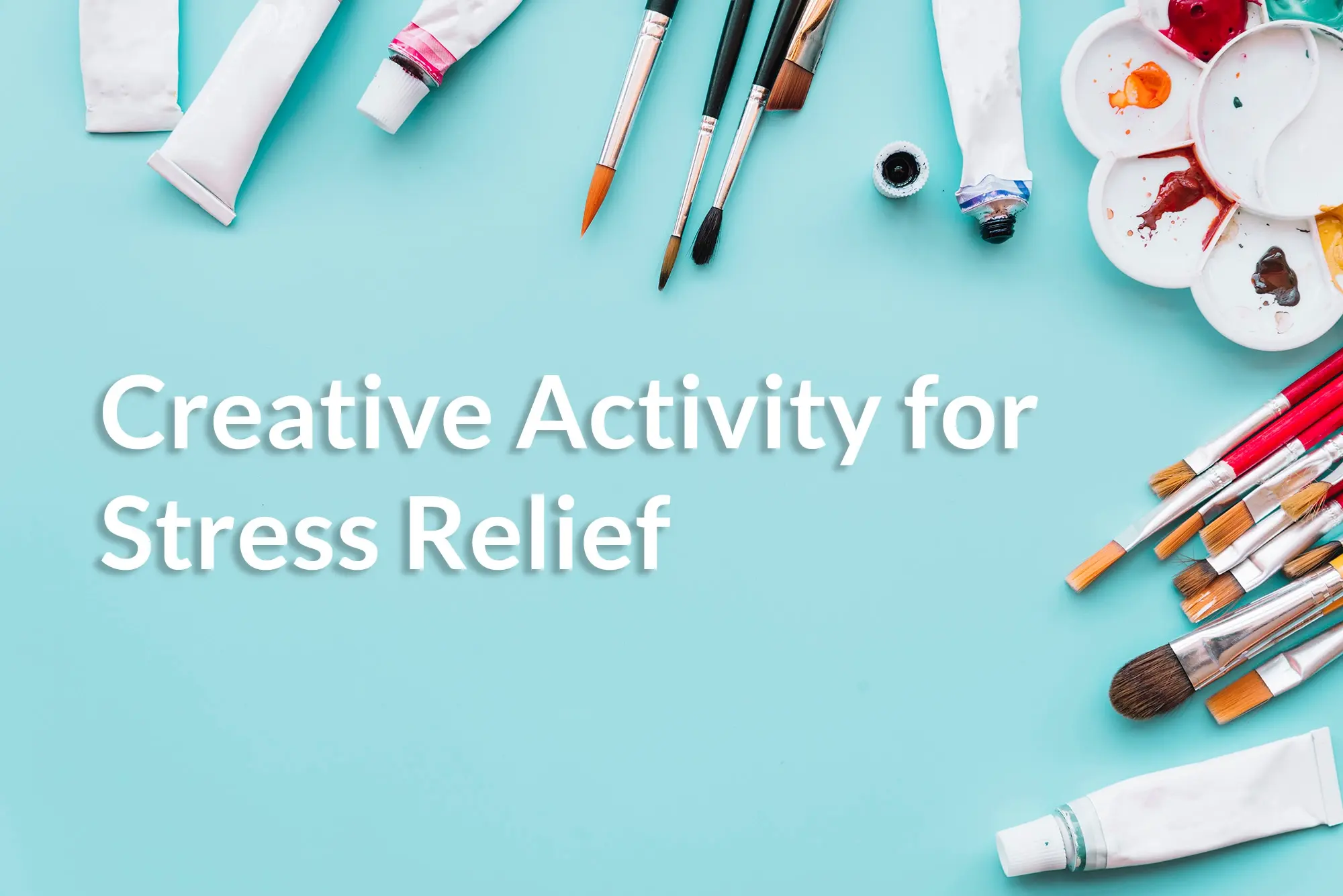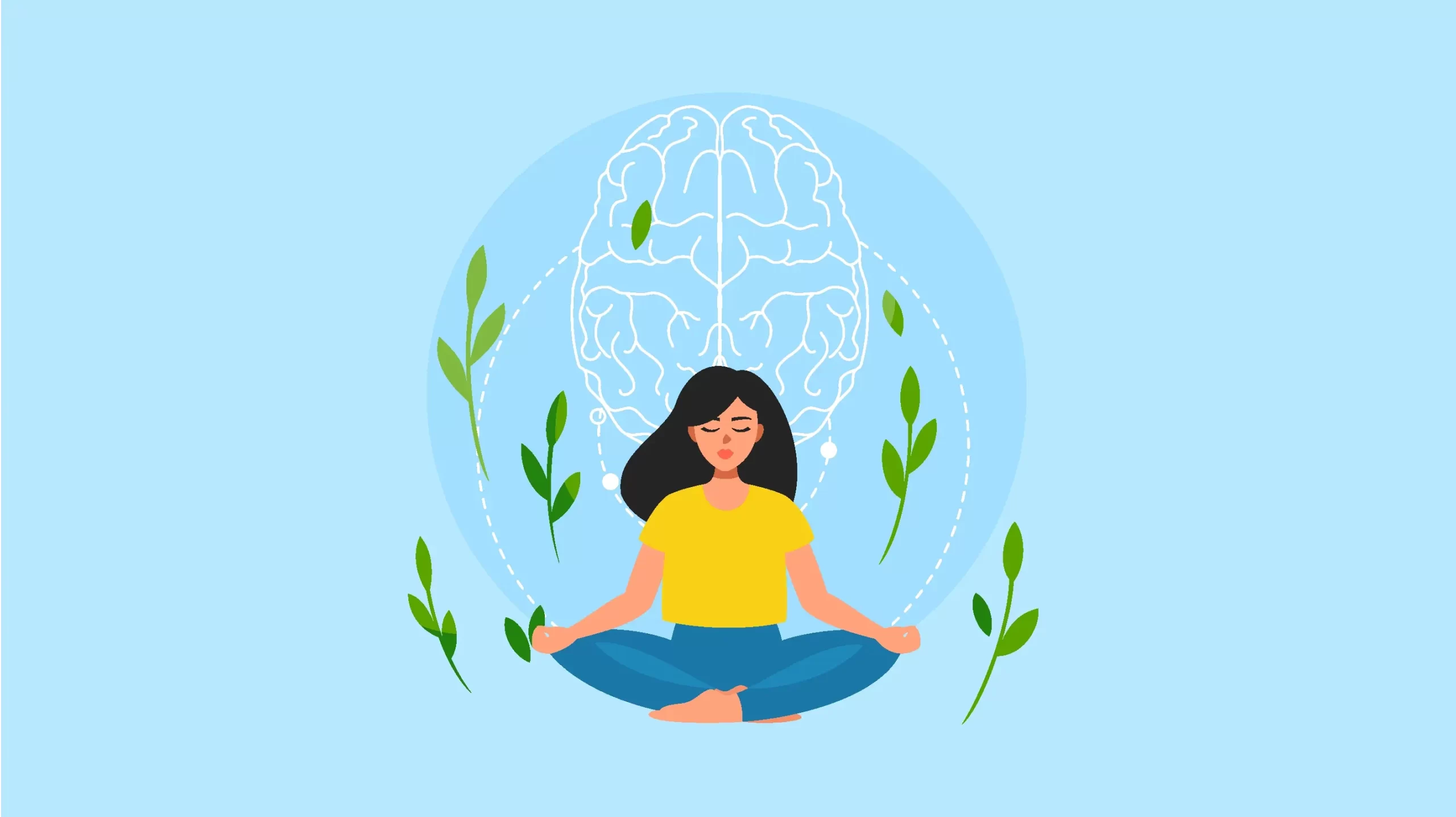Design Your Way to Calm: Techniques for Stress-Free Creativity
- Design Blogs
Design Your Way to Calm: Techniques for Stress-Free Creativity
Contact us
Bengaluru
Campus 1 : JD School of Design, No. 18-1, Brigade Road, Bengaluru,Karnataka – 560 001.
Campus 2 : No. 40, Swan House, 4th Cross, Residency Road, Bengaluru, Karnataka – 560001.
Goa
Musthtifund Saunstha , Near Mahalaxmi Temple,Dada Vaidya Road, Goa-403001
Youths are under tremendous pressure, with numerous responsibilities and tight schedules. However, this pressure is especially severe for design students. Since problem-solving is their chief weapon, they should know how to contain stress in order to remain effective and efficient within the firm. The JD School of Design has committed to fostering the creativity of the student and the growth of their character, both emotionally and mentally. I propose the following idea of how, in the creative process, mindfulness and stress-reducing practices could fit harmoniously to achieve the primary goal of no stress.
The Creative Process and Stress

Any design student will understand the meaning of working long hours, working under pressure, and working to deadlines while being expected to develop unique concepts. As much as it presents such conditions as conducive to creativity, this environment may lead to frustration in most cases. Stress is usually a Stress-free creativity because it leads to blocks and reduced efficiency in problem-solving. It is for this reason that efforts should be made to accommodate strategies that enable a reduction of stress.
Mindfulness in Design
Mindfulness in Design is maintaining awareness of the present experience and the context, thoughts, and emotions in a particular situation. Applying mindfulness to design can lower stress and increase the ability to concentrate, positively affecting the design process.
Techniques to Incorporate Mindfulness in Design:
- Breathing Exercises: To assist them, no design project can be initiated without first spending a few minutes on centering and practicing breath control. Inhaling through the nose, exhaling through the mouth, and allowing the breathing to slow down can prepare one for the working session.
- Mindful Sketching: The ability to walk around and get to sketch with no intention of drawing something specific. It also helps to standardize the mind, whereby it produces unique ideas during the ‘‘working out’’.
- Breaks for Reflection: Taking power naps during the design is also greatly recommended to avoid frustrations that accompany getting stuck in the middle of this design period. They allow interruption and the possibility of rethinking the actions that will be undertaken, if necessary.
- Focus on the Process, Not Just the Outcome: As you work, do not always think about the final outcome and or final product, but enjoy the act of working. This change of view could help minimize tension and make it enjoyable rather than stressful.
Stress-Reducing Practices:

In addition to mindfulness, several other practices can help students manage stress effectively:
- Physical Activity: Doing an excellent form of exercise, if it is just a walk, has been found to ease stress significantly. As for the body part, exercise helps prevent tension and anxiety since it releases Endorphins into circulation.
- Time Management: Above all, the clock should be well utilized; thus, the time when one has to hurry through his or her work and the stress resulting from it should be minimal. Introduce order to work, know what shall be attained on a particular day, and stick to it.
- Healthy Sleep Habits: Sleep deprivation also negatively affects stress, worsening it and reducing creativity. Ensure that you get enough rest so that your brain is clear and you can focus well.
- Creating a Calm Workspace: Stress is also most certainly a function of your environment, in which not only you but most people have to exist. Clear your workspace and consider getting things like plants, soft colors, or even soft music to reduce stress.
- Seeking Support: At other times, you can just go to an individual, probably a friend, relative, mate, or colleague at the workplace, and tell them your stress levels.
Conclusion:
At JD School of Design, we understand the supreme necessity of health in the process of imagination. Suppose design students include mindfulness strategies and stress-reducing activities in their schedules. In that case, they can manage stress and simultaneously develop creative ideas. They improve productivity and make the design process more enjoyable and fulfilling. Remember, my leaders, that new ideas can only be created when the mind is at rest and not disturbed.
